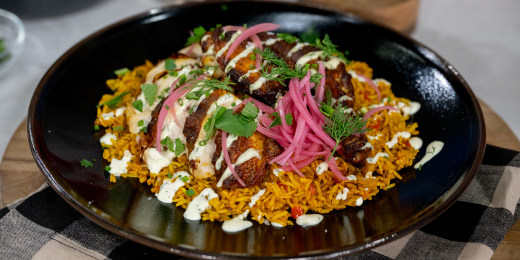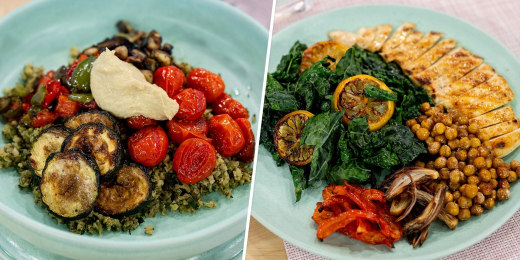This is not just Tam’s problem; it is an industry-wide issue.
The conflicting approaches lead to undesirable results: some traditional dim sum offerings are disappearing from Hong Kong’s menus because fewer people can make them, and legacy skills are not being passed down to the next generation.
In the meantime, the city’s older restaurants have been shrinking in number.
‘Essential to the culture’: why Hong Kong’s cha chaan teng are worth saving
‘Essential to the culture’: why Hong Kong’s cha chaan teng are worth saving
These closures come as tremendous losses to the city. When older restaurants fold, not only do their menu items disappear, but also their unique decor that evoked past eras and brought an invaluable depth to the city’s culinary identity.
None of these restaurants could have been saved by the food guidelines, which, worse, might not go down well with chefs, the very people whose collaboration is vital in preserving food heritage. Some have raised concerns that the extremely detailed instructions handed down by the authorities could stifle creativity and innovation in the kitchen.
They have a point. Cooking is a dynamic art, and each chef usually has their own way of preparing food. Indeed, experimenting with different techniques or ingredients is part and parcel of the trade, and such creativity won’t easily fit inside the box represented by the food guidelines.
Thomas Ng Wing-yan, chairman of the Hong Kong Food Council that helped draft several of the standards, has suggested referring to the Greater Bay Area cooking guidelines as one would to cookbooks or travel magazines.
While the standards aren’t even on the radar of many chefs in Hong Kong, they could indeed help spread the fine points of Cantonese cuisine to a wider audience – the many individuals who enjoy cooking at home. But in this case, these instructions should be made easier for ordinary folk to follow.
I often watch cookery shows and look for recipes either online or from cookbooks to try at home. Compared to these sources, however, the Greater Bay Area cooking guidelines are beyond my capability, requiring skills I simply do not have. I doubt I am an exception.

Take, for example, the standard for char siu bao, or steamed buns filled with barbecued pork. It specifies the roasted pork belly must be cut into 3mm pieces as thin as “fingernail slices”. As another example, there are nine pages of instructions on how to boil prawns to perfection.
Such exact guidelines can hardly serve as handy references for home cooks. Instead, they feel forbidding, and are more likely to discourage people from attempting these dishes at home.
Although the guidelines were set down with good intentions, they might do little for local food culture and heritage. Let’s hope the government can take more effective measures, and soon.
April Zhang is the founder of MSL Master and the author of the Mandarin Express textbook series and the Chinese Reading and Writing textbook series
Article From & Read More ( Greater Bay Area standards are no recipe for saving Hong Kong food culture - South China Morning Post )https://ift.tt/zLK7P6h
Entertainment























